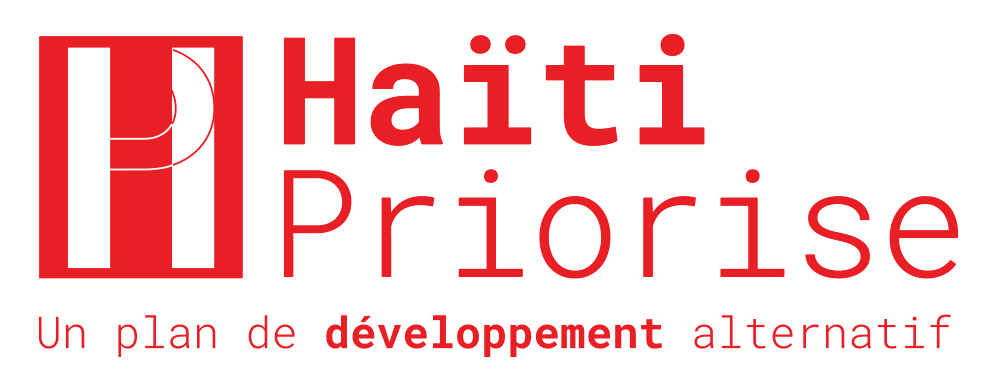Haïti Priorise: Health Clinics, Baptiste
The Problem
Improving access to health care is one of the objectives set by the Haitian State through the Strategic Plan for the Development of Haiti (PSDH) in the various programs and subprograms entrusted to the health sector.
The Solutions
- Community Health Centers (CCS)
- School Clinics – mobile clinics at small and large-scale schools, and fixed clinics
Summary of the BCR
| Intervention | Benefit | Cost | Benefit-Cost Ratio |
|---|---|---|---|
| Implementation of CCS | 3.0 billion gourdes | 774.4 million gourdes | 4 |
| Small-scale mobile clinic | 403 million gourdes | 85.2 million gourdes | 4.7 |
| Large-scale mobile clinic | 2.0 billion gourdes | 357.2 million gourdes | 5.6 |
| Permanent clinics at schools | 2.0 billion gourdes | 516.2 million gourdes | 3.9 |
Benefits, Costs and BCR
Community Health Centers
Provide the 125 municipal regions with a Community Health Center (CCS) as outlined in the Essential Package of Services. The objective of this component is to improve the provision and quality of services in rural areas and to make the CCS the gateway in the system for these communities. To do this, the CCS will propose promotional, prevention and curative activities, including prenatal and newborn care.
Costs
The cost associated with this investment for setting up the CCSs is 774 million Gourdes.
Benefits
Relative risk reduction estimates for community clinics are broken down into three age group categories: i) children 0-4 year olds ii) children 5-19 year olds and iii) adults 20+ years. As with the school clinics analysis these should be interpreted as risk reduction in the given disease relative to having no other health facilities.
We assume that community clinics focus on young children (0-4 years old) through a combination of maternal support during pregnancy and community health programs, and are able to achieve relative risk reductions that are equivalent to fixed school clinics for this age group. For 5-19 year olds and adults 20+ years relative risk reductions are half that of the same diseases in school fixed clinics. There are two high burden adult diseases not examined in school clinics: diabetes mellitus and tuberculosis. For diabetes we assume a relative risk reduction due to receiving diabetes treatment (insulin) as 80% and that the presence of a clinic allows 2/3 of individuals to be reached for a relative risk reduction of 53%. For tuberculosis we note that in Haiti there is a 79% detection rate and a 78% treatment effectiveness rate (World Bank database). Multiplying these numbers together assumes a relative risk reduction of 62%.
School Clinics
Mobile clinics at small-scale schools: This intervention includes the passage of a school bus twice a year in each school, with three nurses and one physician as referred to in the pilot phase launched in 2014
Mobile clinics at large-scale schools: Different from the first, this intervention plans monthly visits with the same staff during the ten months that school is in session.
Fixed Clinics at Schools: These will have as staff a doctor who will visit every two weeks and a nurse on-site during school days.
Costs
The cost associated with the clinic project in the schools amounts to 85 million Gourdes for the small-scale strategy, 357 million Gourdes for large-scale strategy and 516 million Gourdes for the fixed clinics in the schools.
Benefits
For mobile and fixed clinics at school, it is assumed that 33% of schoolchildren will benefit from these clinics, as they generally do not use health services within public institutions.
For high intensity or fixed clinics, it is assumed that 67% will have partial benefits (ie 50% of the total benefits), as the latter generally use public structures with a preventive and educational orientation but with a lower intensity than on the side of high intensity and fixed clinics.

